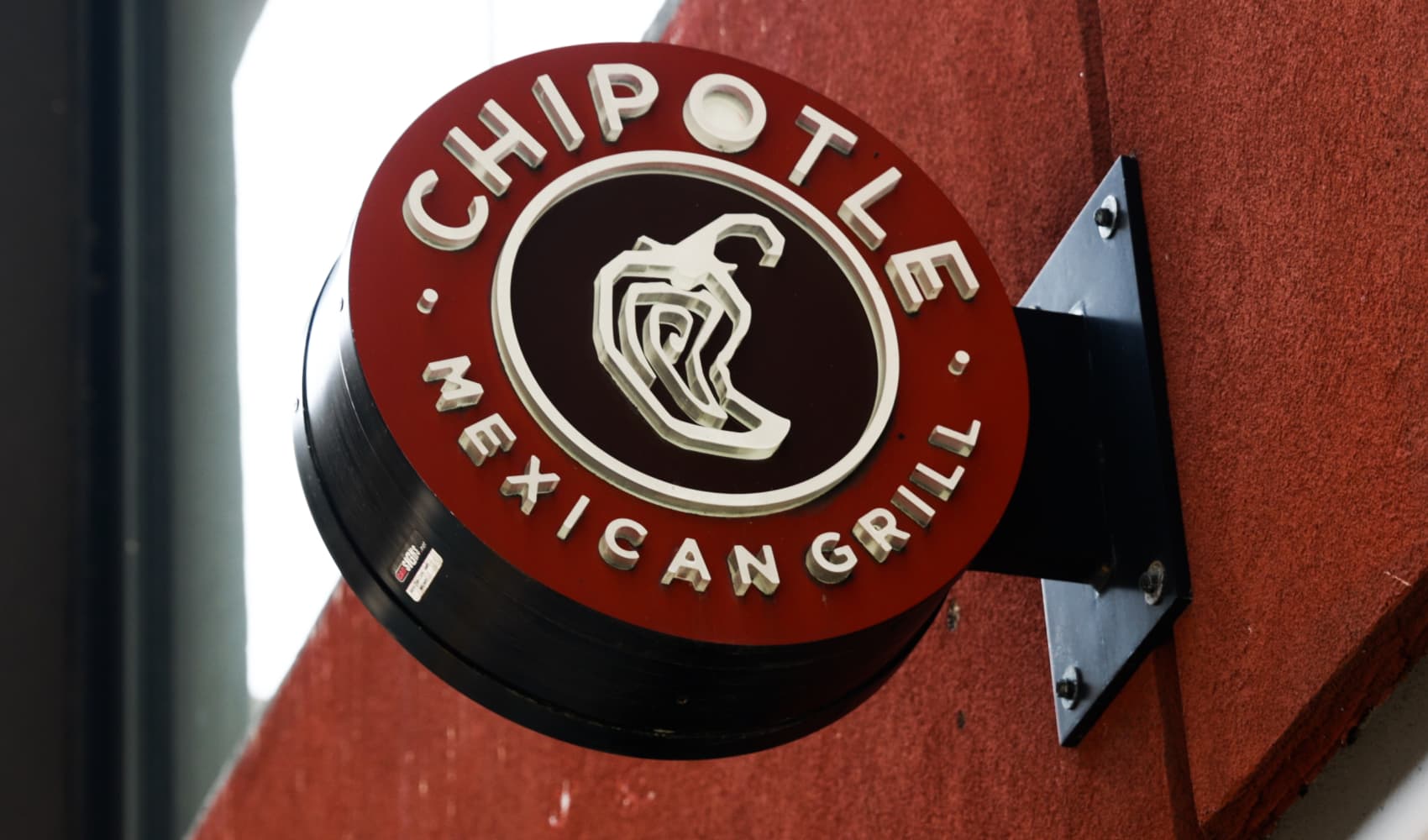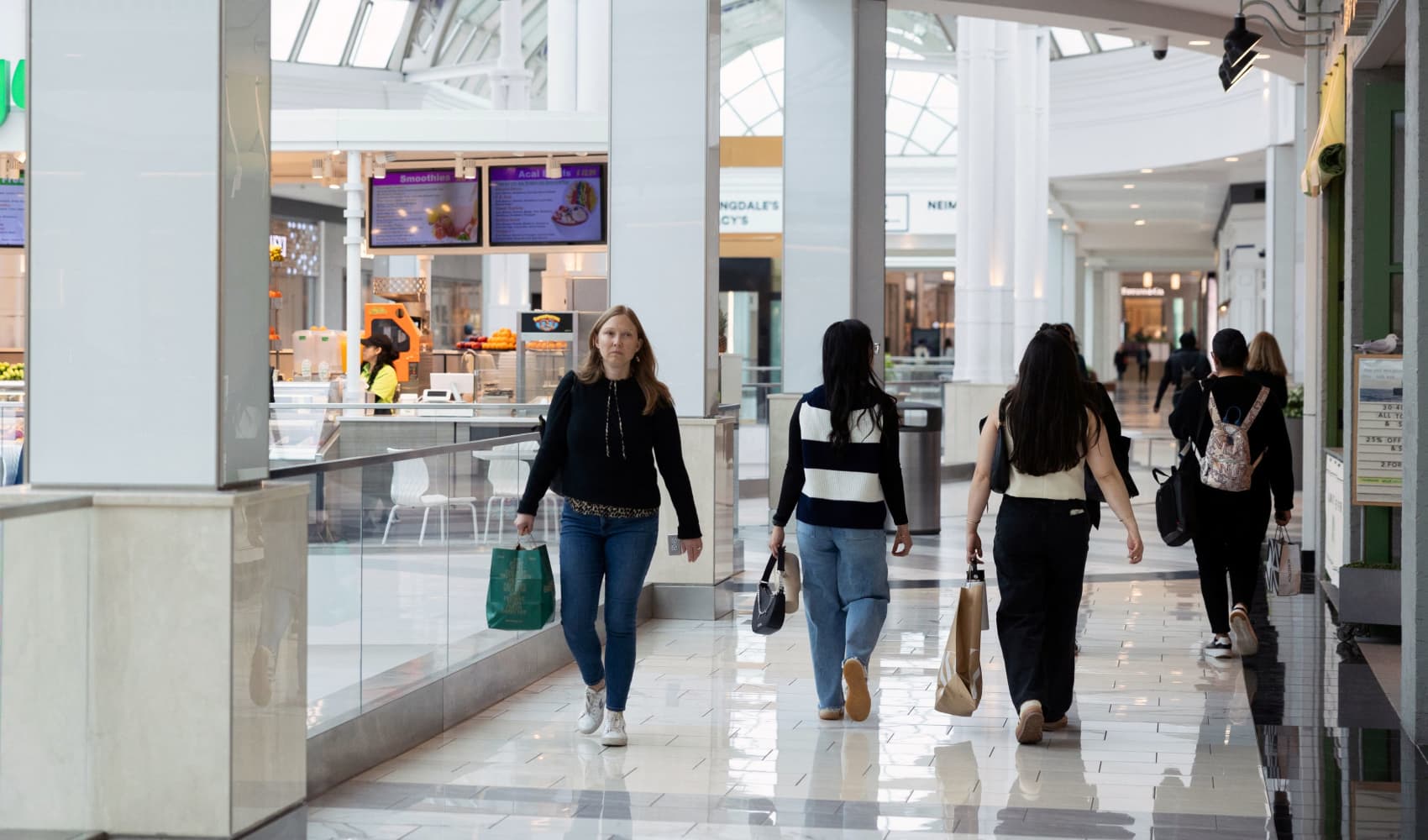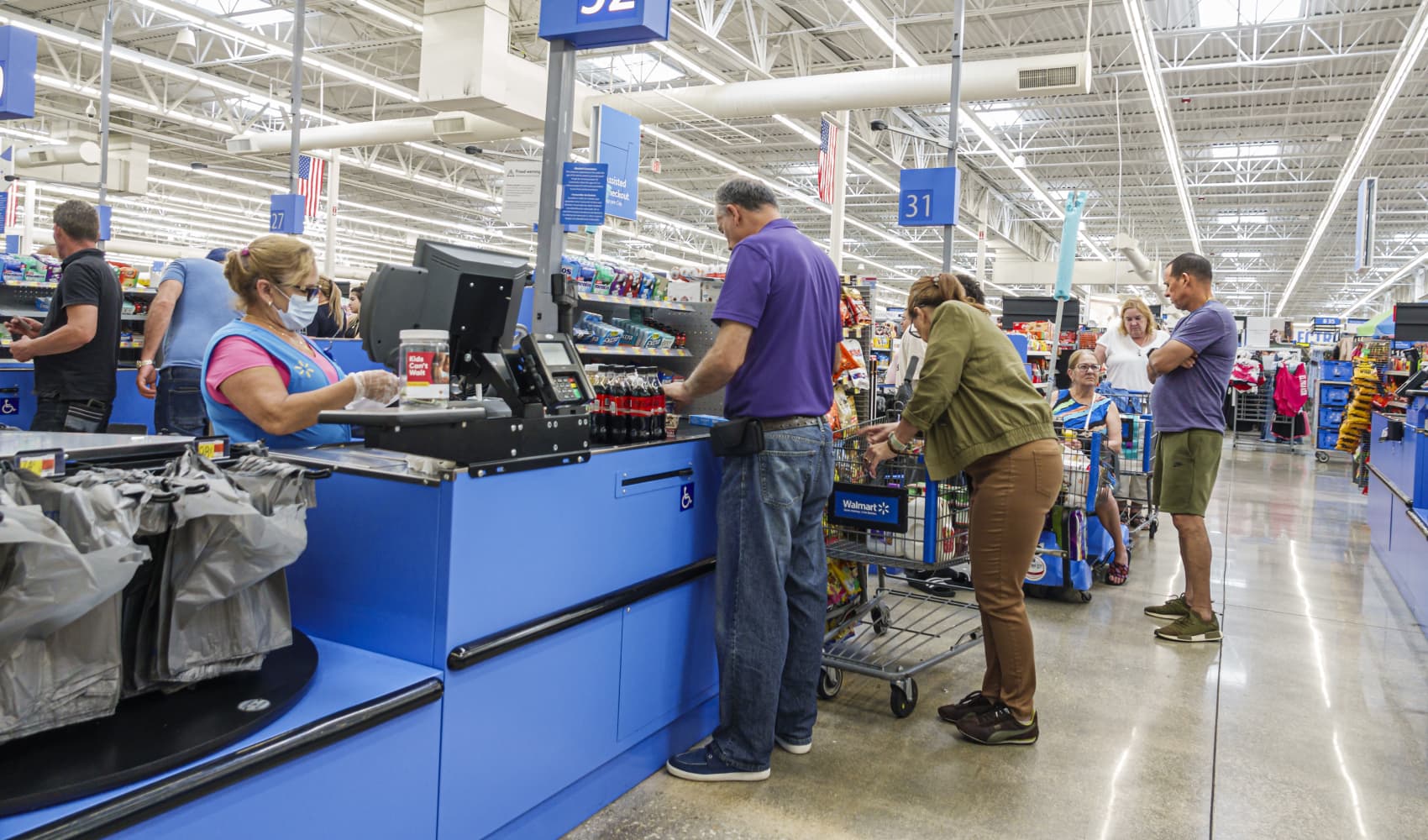Chipotle Slowdown 2025: Are Burritos Losing Their Sizzle?
Chipotle's 2025 Stumble: Is the Burrito Bubble Bursting?
Introduction: A Crack in the Queso?
Hold on to your hats, burrito lovers! It seems even the mighty Chipotle Mexican Grill isn't immune to the economic headwinds blowing our way. We all love a good customizable bowl, but are tighter budgets forcing us to reconsider our culinary cravings? Recent reports suggest that Chipotle is experiencing a "slowdown in consumer spending," leading to some unexpected results in their first-quarter performance. Let's dive into what's happening and what it means for your future burrito fix.
Chipotle's Q1 Disappointment: Missing the Mark
Chipotle recently reported its first-quarter earnings, and the numbers weren't quite as sizzling as a freshly grilled steak. While they've been a consistent high-flyer in the fast-casual dining scene, this quarter presented some challenges. They missed revenue estimates and, perhaps more surprisingly, reported a drop in same-store sales for the first time since 2020. That's a significant dip, considering the consistent growth they've experienced over the past few years.
Same-Store Sales: A Key Indicator
Same-store sales are a crucial metric for retailers and restaurants. They indicate how well existing locations are performing, stripping away the impact of new store openings. A decline in this area suggests that fewer people are visiting Chipotle, or they're spending less when they do.
The Culprits: Weather and Wallet Woes
So, what's behind this slowdown? According to Chipotle executives, there are a couple of key factors at play. First, they cited adverse weather conditions in certain regions. Think of it like this: Would you brave a torrential downpour for a burrito bowl, or opt for something closer to home? But the bigger issue seems to be a broader "slowdown in consumer spending," suggesting that people are becoming more cautious with their discretionary income. Are our wallets feeling a bit lighter than usual? It certainly seems so.
Weather's Whims: A Temporary Blip?
While weather can definitely impact sales, it's often viewed as a temporary setback. Once the sun starts shining again, customers usually return. The more concerning factor is the underlying trend of reduced consumer spending.
A Grim Outlook: Lowering Expectations
The company is bracing for potentially slower growth in the coming months. Chipotle lowered the top end of its outlook for full-year same-store sales growth. This means they're anticipating that the current challenges will persist, and they're adjusting their expectations accordingly. It's like a restaurant lowering its projected customer count for the evening – a sign that things might be a bit quieter than expected.
Stock Market Reaction: A Nervous Nibble
The news of the disappointing results and lowered outlook sent Chipotle's stock on a bit of a rollercoaster. Shares fell more than 2% in extended trading, reflecting investor concerns about the company's future performance. While the stock had closed up earlier in the day, the after-hours reaction suggests that the market is taking a cautious approach.
Digging Deeper: What's Behind the Spending Slowdown?
Why are consumers tightening their belts? There are several potential reasons:
- Inflation: While inflation has cooled somewhat, prices for many goods and services remain elevated, squeezing household budgets.
- Interest Rates: Higher interest rates make borrowing more expensive, impacting spending on everything from mortgages to credit card debt.
- Economic Uncertainty: Concerns about a potential recession or job losses can lead people to cut back on discretionary spending.
- Pent-Up Demand Waning: The surge in spending that followed the pandemic may be starting to fade as people return to more normal spending patterns.
The Competitive Landscape: Is the Heat Turning Up?
Chipotle isn't operating in a vacuum. The fast-casual dining scene is becoming increasingly competitive, with new players and established brands vying for customers' attention and dollars. Could increased competition be contributing to the slowdown?
Innovations in the Kitchen: Staying Ahead
Chipotle continually tries to innovate in its menu offering to stay competitive. Will the company need to redouble its efforts to attract and retain customers?
Chipotle's Response: What's the Plan?
So, what is Chipotle doing to address these challenges? While the exact strategies haven't been fully disclosed, we can expect the company to focus on several key areas:
- Menu Innovation: Introducing new and exciting menu items to attract customers.
- Loyalty Programs: Enhancing their loyalty program to reward frequent customers and encourage repeat visits.
- Operational Efficiency: Streamlining operations to reduce costs and improve profitability.
- Marketing and Promotion: Investing in marketing campaigns to drive traffic to their restaurants.
Looking Ahead: A Bump in the Road or a Major Detour?
Is this slowdown a temporary bump in the road, or a sign of a more significant challenge for Chipotle? It's too early to say for sure. Much will depend on the overall economic climate and Chipotle's ability to adapt to changing consumer preferences. What about our eating habits? Have we, as a society, decided we need to eat more at home?
What Does This Mean for Your Burrito Bowl?
Will this impact the price of your beloved burrito bowl? Possibly. Chipotle might need to adjust prices to offset lower sales volumes. It could also mean fewer promotional deals or changes to menu offerings. Keep an eye out!
Consumer Behavior: The Unpredictable Ingredient
At the end of the day, consumer behavior is notoriously difficult to predict. People's spending habits can shift quickly in response to economic news, social trends, and even the weather. Chipotle, like any other business, is at the mercy of these forces.
Long-Term Prospects: Still a Strong Brand?
Despite the current challenges, Chipotle remains a strong brand with a loyal following. Their commitment to fresh ingredients, customizable meals, and a convenient dining experience has resonated with many customers. It's unlikely that they'll disappear anytime soon, but they may need to work harder to maintain their position in the market.
Beyond the Burrito: The Wider Economic Picture
Chipotle's struggles are a microcosm of what many businesses are facing in the current economic environment. Rising costs, uncertain demand, and increased competition are all creating headwinds. The fast-casual dining industry, in particular, is sensitive to changes in consumer spending. It’s a valuable lesson to glean for industry professionals, and a lesson for any who own stock in the business.
Conclusion: Navigating the New Normal
Chipotle's recent slowdown serves as a reminder that even the most successful businesses aren't immune to economic pressures. While weather and consumer spending patterns are both factors, the company faces a complex challenge. Chipotle missed first-quarter revenue estimates and said same-store sales dropped for the first time since 2020. With lowered expectations for the remainder of the year, it will be interesting to see how Chipotle navigates the new normal and adapts to the evolving needs of its customers. The future of your burrito bowl may depend on it!
Frequently Asked Questions
Q: Why did Chipotle's same-store sales decline?
A: Chipotle cited a slowdown in consumer spending and adverse weather as the main factors contributing to the decline.
Q: Is Chipotle raising prices because of this slowdown?
A: While there's no confirmation of a price increase, it's possible that Chipotle will adjust prices or reduce promotional offers to offset lower sales volumes.
Q: Will Chipotle close locations due to the slowdown?
A: There are currently no indications that Chipotle plans to close any locations. The company is likely to focus on menu innovation, loyalty programs, and operational efficiency to improve performance.
Q: What is Chipotle doing to attract more customers?
A: Chipotle is likely to focus on menu innovation, enhancing its loyalty program, and investing in marketing campaigns to drive traffic to its restaurants.
Q: Is the fast-casual dining industry struggling in general?
A: The fast-casual dining industry is facing challenges due to rising costs, uncertain demand, and increased competition. Chipotle's slowdown reflects broader trends in the industry.



